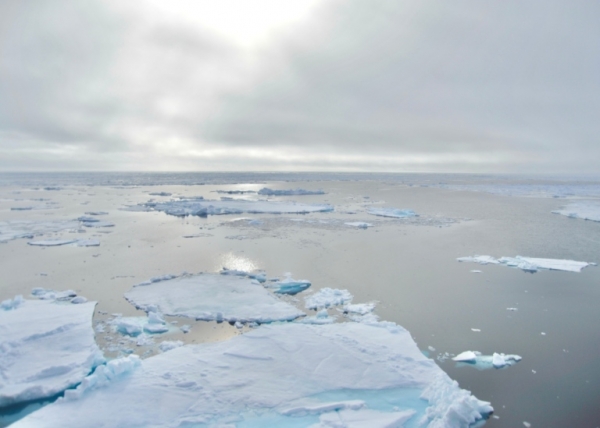A subpolar species associated with Atlantic water expanded far into the Arctic Ocean during the Last Interglacial, analysis of microfossil content of sediment cores reveals. This implies that summers in the Arctic were ice free during this period. The findings are published in Nature Geoscience.
Arctic sea ice, an important component of the Earth system, is disappearing fast under climate warming. Summer sea ice is anticipated to vanish entirely within this century. To gain a deeper understanding of the climate dynamics in a world without Arctic sea ice, researchers have turned to analogues from the geological past.
”The Last Interglacial, between 129,000 and 115,000 years BP, is an interesting period to study because it is the last time in Earth’s history when global average temperatures were similar or perhaps higher than currently and sea levels were considerably higher, up to +6 to +9 m,” said Flor Vermassen, postdoctoral researcher at Stockholm University.
However, the extent of sea ice during this period has been intensely debated and there is no consensus, limiting understanding of this period and the ability of researchers to simulate it in climate models. To address this, a team of marine geology researchers from the Department of Marine Geological Sciences at Stockholm University analysed the microfossil content of an array of sediment cores from sites that today lie directly beneath the thickest parts of the modern Arctic ice pack. In these cores, they investigated the variability in the occurrence and composition of planktonic foraminifera, a type of free-floating, shell-building unicellular zooplankton that is sensitive to changes in oceanographic and environmental conditions.
Read more at Stockholm University
Image: Photograph taken in the marginal ice zone of the Arctic Ocean from the Swedish icebreaker Oden, summer 2021. (Photo: Flor Vermassen via Stockholm University)


